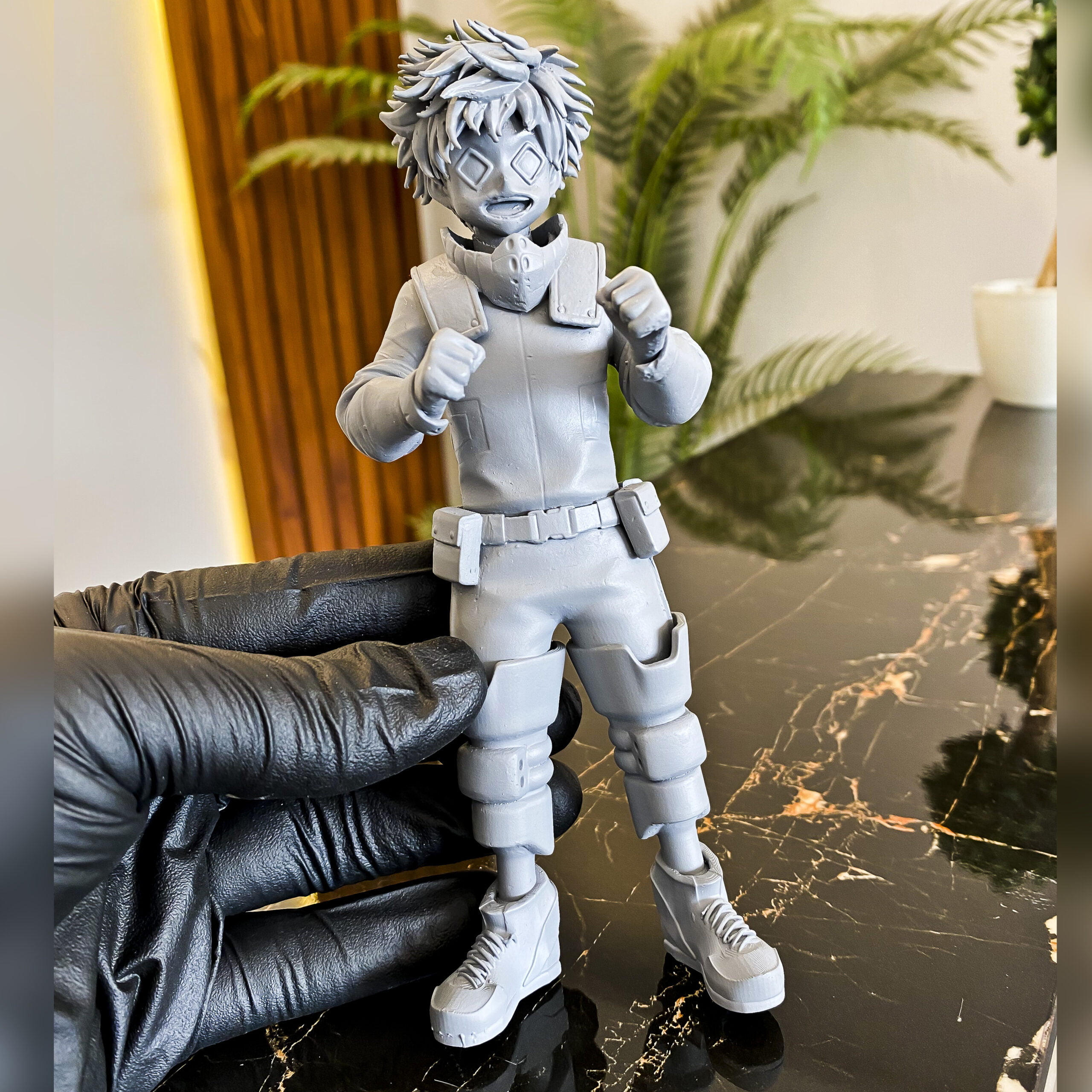The Significance of 3D Printed Home Decor
3D printings offers unique advantages over traditional decor items:
- Customization: Easily personalize pieces to match your specific taste or interior design theme. Whether it’s a one-of-a-kind sculpture, a geometric vase, or a modern light fixture, you can bring your unique vision to life.
- Cost-Effectiveness: 3D printing allows for the production of intricate designs at a lower cost compared to handcrafting or other manufacturing methods.
- Sustainability: Many 3D items use eco-friendly materials, such as biodegradable plastics or recycled filaments, reducing the environmental impact.
Popular Tools and Software for 3D Modeling Home Decor
To create stunning 3D modeling, designers use various software tools:
- Blender: This free, open-source software is popular for its versatility, suitable for creating anything from abstract art to functional objects.
- Tinkercad: A beginner-friendly tool ideal for those new to 3D modeling, making it easy to design simple decor pieces.
- Fusion 360: Known for its precision, Fusion 360 is commonly used for creating functional decor items like lamps and furniture.
The choice of software depends on the user’s experience level, project complexity, and specific requirements.
The Process of 3D Printing Home Decor
Creating 3D printed home decor involves a few essential steps:
- Design Concept: Start with an idea or sketch of the desired decor piece. The concept can be refined digitally or on paper.
- 3D Modeling: Use 3D modeling software to create a digital representation of the item, shaping it with detailed features and textures.
- File Preparation: Export the model in a suitable file format for 3D printing, such as STL or OBJ.
- Printing: Use a 3D printer to bring the digital design to life. Choose materials that match the intended use of the decor item.
- Post-Processing: Enhance the printed piece with sanding, painting, or additional finishes to achieve the desired look.
Common 3D File Formats
Several file formats are used in 3D printing home decor, each serving different purposes:
- STL (Stereolithography): The most commonly used format, perfect for printing solid objects without color.
- OBJ: Supports color and texture, making it suitable for more visually intricate decor.
- AMF (Additive Manufacturing File): Allows for complex printing requirements, such as multiple colors or materials.
The choice of materials affects the durability, appearance, and eco-friendliness of 3D print:
- PLA (Polylactic Acid): A popular, biodegradable material that’s available in a range of colors and finishes. Ideal for decorative items like planters and wall art.
- ABS (Acrylonitrile Butadiene Styrene): Known for its toughness, it’s perfect for more functional decor items that may experience wear and tear.
- Wood Filament: Combines PLA with wood fibers, giving printed items a natural wood-like appearance.
- Resin: Used in SLA (Stereolithography) printing for producing highly detailed items with a smooth surface, ideal for intricate designs.
Customization and Personalization with 3D Printed
3D printing makes it easy to personalize home decor. You can design decor items to fit specific spaces, colors, or themes, creating one-of-a-kind pieces that reflect your personal style. From custom vases and candle holders to bespoke wall decorations and furniture accents, the possibilities are limitless. Additionally, online platforms allow designers to share and sell their custom decor designs, making it easy for anyone to find unique 3D printed home decor items.
The Role of 3D Scanning in Home Decor
3D scanning technology also enhances home decor by enabling the reproduction of existing objects or capturing natural forms to create digital models. This can be used to:
- Replicate Antiques or Vintage Pieces: Restore or reproduce items by scanning and reprinting them.
- Incorporate Organic Shapes: Capture natural forms, such as leaves or rocks, and use them as inspiration for new decor designs.
Quality Control in 3D Printing
Ensuring high-quality results is essential for 3D prints:
- Preview the Model: Use the software’s preview function to check for issues.
- Test Prints: Begin with smaller prints to identify any potential problems.
- Post-Processing: Polish, paint, or apply finishes to enhance the final appearance and durability.
Commercial vs. Hobbyist 3D Printed Home Decor
Both professionals and hobbyists can create stunning 3D prints. While commercial designers may have access to more advanced tools, hobbyists can still produce impressive items using affordable software and entry-level 3D printers. The availability of online marketplaces has made it easier for hobbyists to share and sell their custom creations.
Future Trends in 3D Printed Home Decor
The future of 3D home decor is bright, with continuous advancements in software, printing technology, and materials. Expect more intricate designs, eco-friendly materials, and seamless integration of smart technology in decor pieces. As 3D printing becomes more accessible, it will redefine interior design, allowing for on-demand customization and innovative decor solutions.
Conclusion
3D printed home decor is revolutionizing interior design by offering unmatched opportunities for creativity, personalization, and sustainability. With the ability to customize items to fit any style, 3D modeling and printing provide a unique way to make your living space truly yours. Whether you’re a professional designer or a DIY enthusiast, 3D print home decor opens up a world of design possibilities.
FAQs
- What software is best for 3D modeling home decor?
Blender is a versatile choice for both beginners and professionals, while Tinkercad and Fusion 360 cater to specific needs. - Can beginners create their own 3D home decor?
Yes! Beginners can use accessible software and online tutorials to learn the basics of 3D modeling. - What materials are suitable for 3D printed decor?
PLA, ABS, wood filament, and resin are common options, each providing different textures and durability. - How do I start customizing my own 3D printed decor?
Learn basic 3D modeling, practice by modifying existing models, and create unique designs to match your interior style. - Is 3D printing sustainable for home decor?
Yes, especially when using eco-friendly materials like biodegradable PLA or recycled filaments.
For more inspiration, explore our 3D Printed Decor Collection or contact us for Bulk Orders and Custom Inquiries.















